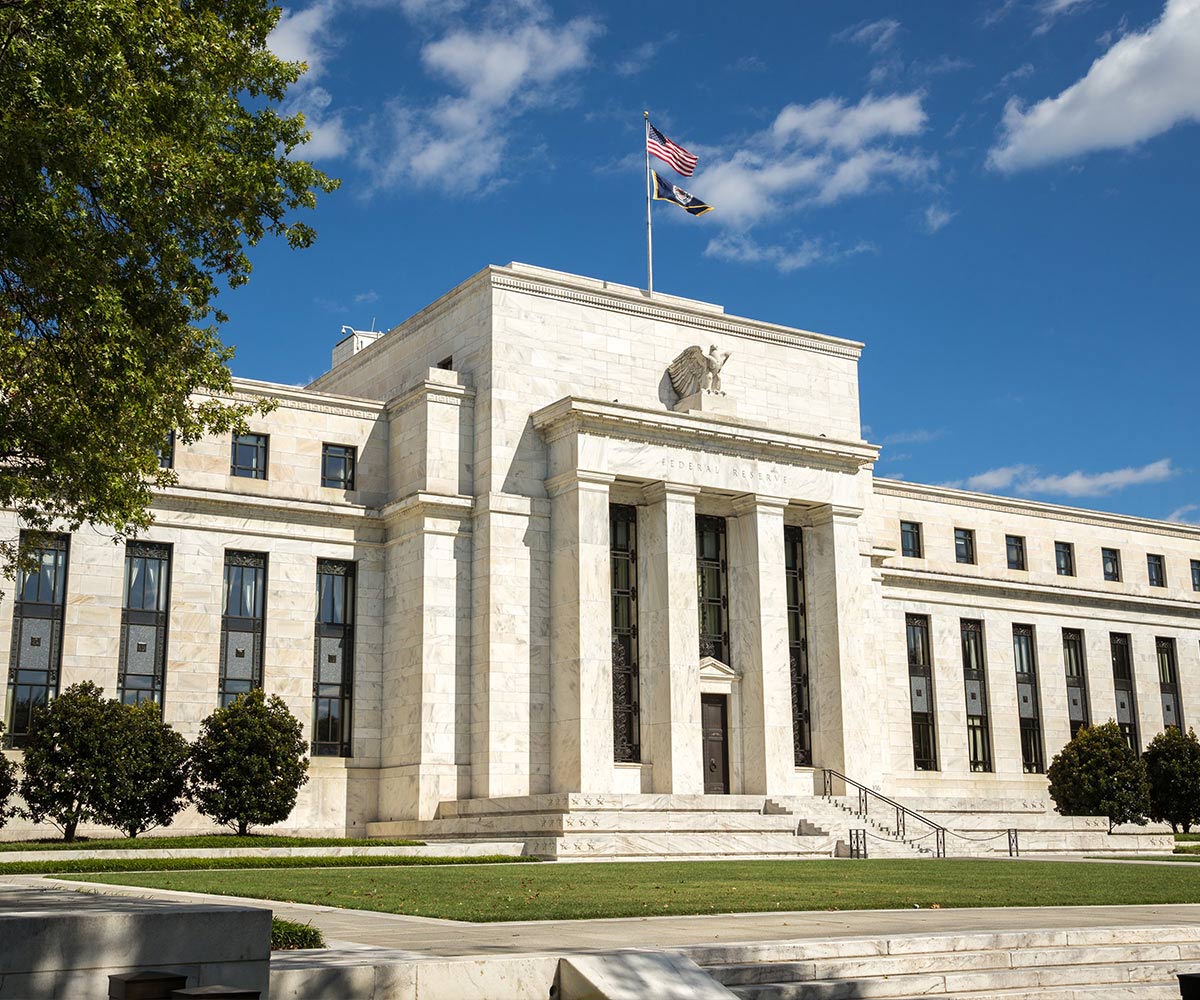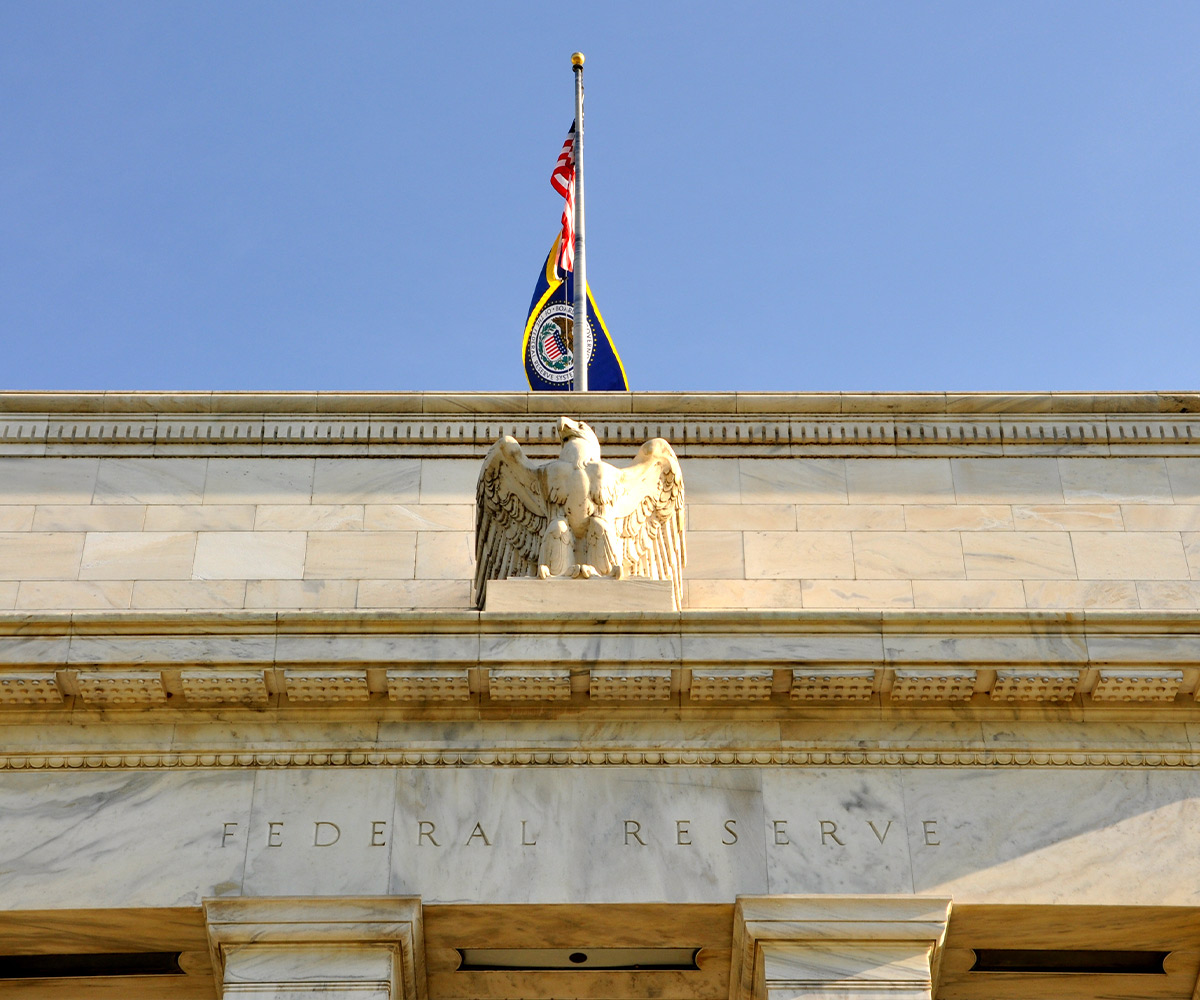As expected, recent media coverage is also all about the story of yield curve inversion and recession just as they were the last time the curve inverted in 2018. (Did the yield curve predict the recession or did it predict COVID in 2020?) First, it was the US Treasury 5-year note above the 10. Now, it’s 2s above 10s. Yet 20s and 30s are above 2s - So which one matters?
The chart below contrasts the 10s/Fed funds curve with the 10s/2s curve and is important for our understanding. The key question is whether the US Federal Reserve will actually follow through on all the tightening that is expected. It’s the Fed pushing risk free cash yields above the (risky) returns of other investments that contributes to eventual contraction in the economy.
When idle cash positions produce the highest risk-adjusted return, the incentive to invest declines. The longer the Fed persists at this, the greater the impact. Financial markets are faster than the real economy in making adjustments, hence financial markets give us lead time before recession in the real economy.
The fact that the 10s/2s yield curve is historically a good long-term leading indicator of recession (like 10s/3s, 20s/5s, etc.) is because of the general correlation of yields. The 2-year US Treasury by itself is not an important benchmark for borrowing or lending in the US economy. Yet it normally isn’t priced 2 percentage points above the Fed’s key policy rate.







